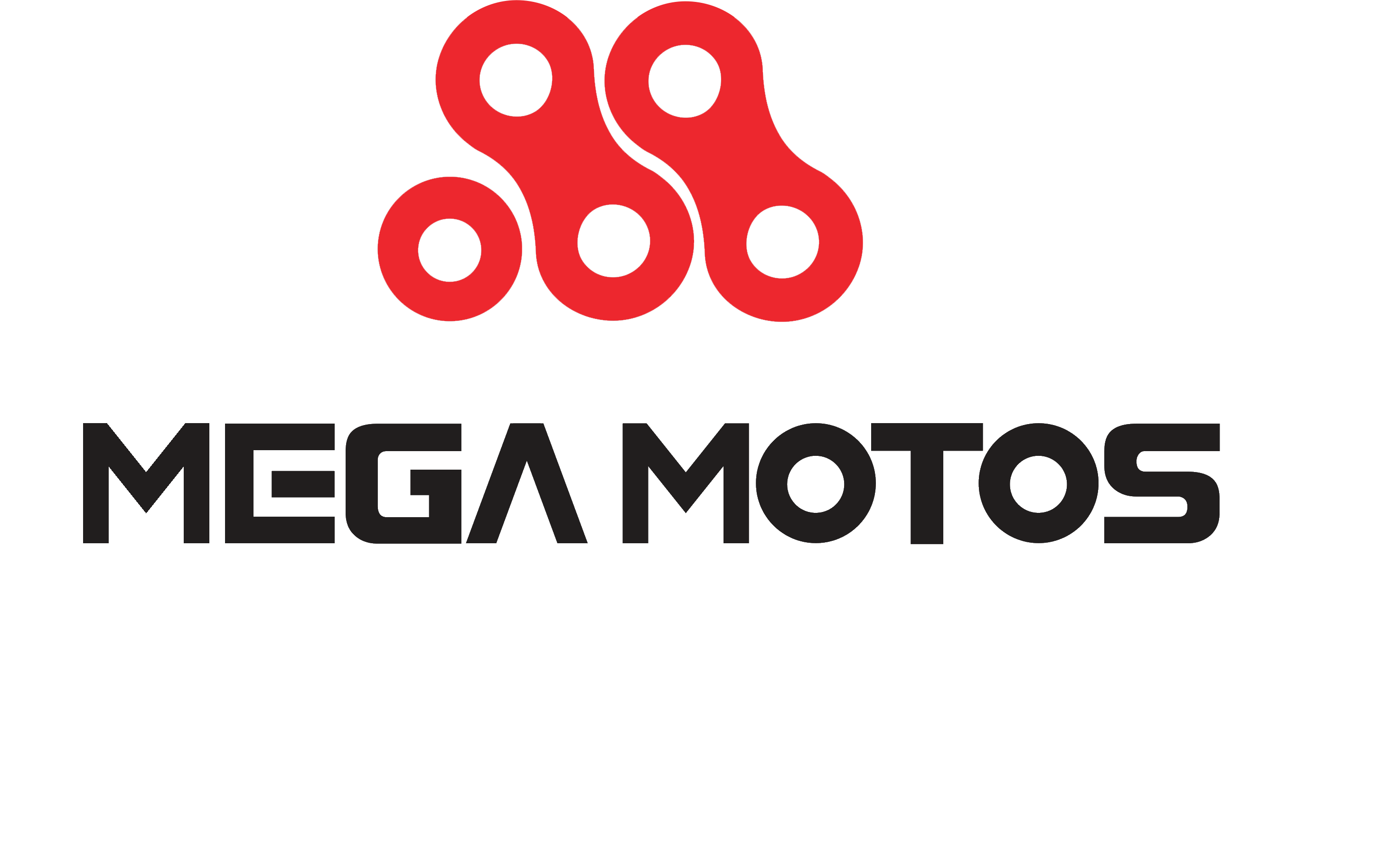Of this type, about 76% are male and only 7.6% have received a college degree, although another 13.4% are still in school. Family incomes average around $32,000, the lowest among the subtypes alongside the chronic severe subtype. Some of these classifications have relied on simple clinical observations, whereas others have relied on statistical methods of data collection, analysis, and classification. While most high-functioning alcoholics begin drinking at about 18, they don’t develop an addiction to alcohol until their late 30s.
Daily drinking can have serious consequences for a person’s health, both in the short- and long-term. Many of the effects of drinking every day can 5 types of alcoholics be reversed through early intervention. That is why alcohol detox and alcohol withdrawal treatment is administered by medical professionals.
The Significance of Early Typologies
Unlike the previous type, this group is defined by the co-occurrence of mental disorders. They come from families where alcohol dependency may be common, leading to early exposure and abuse. This detrimental exposure can create or aggravate existing mental health disorders like major depression, bipolar disorder, and anxiety. Along with the abuse of alcohol, many young antisocial alcoholics also form dependencies on tobacco and marijuana. A smaller group also form habits related to more extreme drugs like cocaine and heroin.
This subtype of alcoholics is generally in their mid-20s and started drinking young. Early episodes of binge and heavy drinking (binge drinking on five or more days in the same month) can elevate the risk for struggling with alcohol-related issues later in life. According to the NIAAA “More than 10% of US children live with a parent with alcohol problems…” (Alcohol Facts). Generational alcoholism describes a family environment that normalizes the presence of alcohol and its abuse. Another factor is whether or not someone is also addicted to other drugs.
Intermediate Familial Alcoholic
Young antisocial alcoholics have a high rate of psychiatric disorders and other substance abuse. Nearly 50 percent of intermediate familial alcoholics have a family history of alcoholism. Because their alcohol addiction has fewer obvious negative consequences, an important aspect of dealing with an alcoholic is getting them to recognize that they have a problem. In addition, Moss said it is crucial for functional alcoholics to focus on abstinence or return to less dangerous drinking levels.
In a 2014 study by Wennberg et al. seeing to validate Cloninger’s Type 1 and Type 2 typology of alcoholism in a group of alcohol-dependent, yet socially stable, men and women, researchers found under a third could be classified using the typology. Authors suggested that alcoholism typologies must be clinically relevant to be valuable as an intellectual tool. They said their future research would look at other alcohol typologies and their clinical relevance in treatment outcomes. Typically, this type of alcoholism starts before the age of 25 (early onset). Alcohol abuse and criminal behavior, along with an inability to control their drinking or be abstinent from alcohol are strong associations with Type 2 alcoholism.
Alcoholism Symptoms
You might see this type of alcoholism in industries where heavy drinking is normalized like entertainment or politics. Before we dive into the different types of alcoholics, let’s first establish what actually defines an alcoholic. While two-thirds have sought alcohol rehab for their addiction, it’s important that any treatment program address their co-occurring disorders and include therapies focused on preventing alcohol relapse. No two alcoholics are exactly the same, but many people with alcoholism share common characteristics. There’s no one way to describe a ‘typical alcoholic’ since alcoholism develops differently from person to person.
